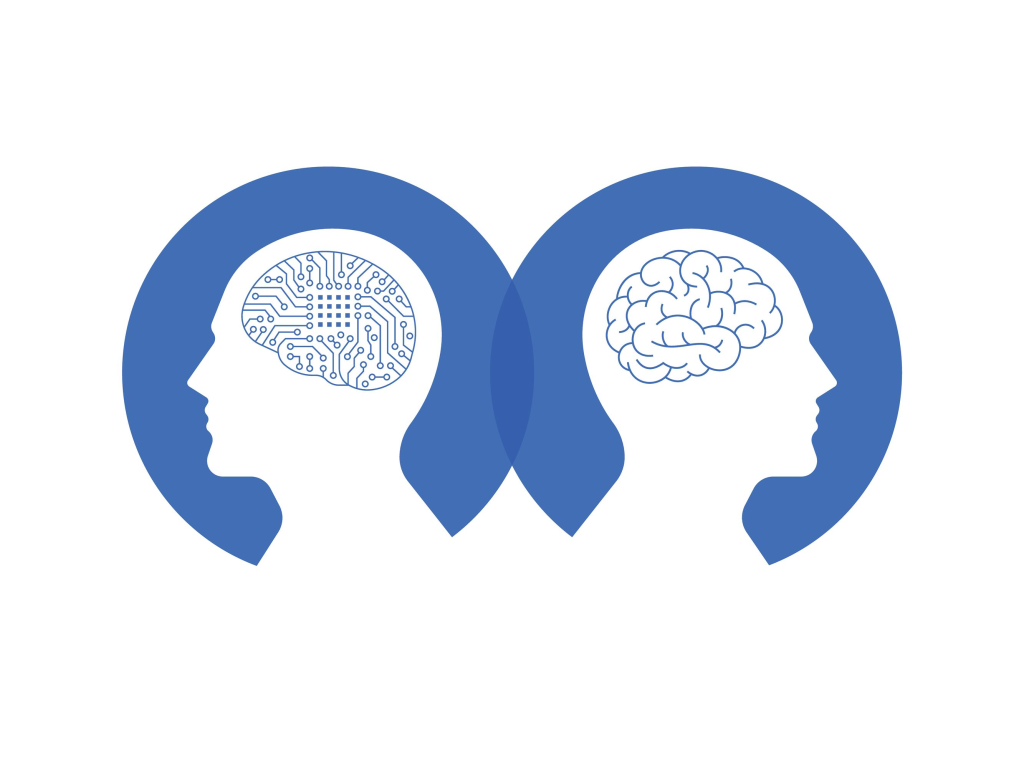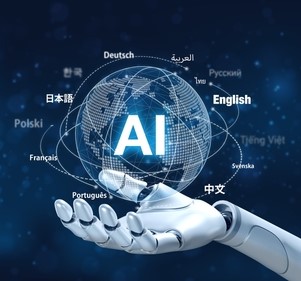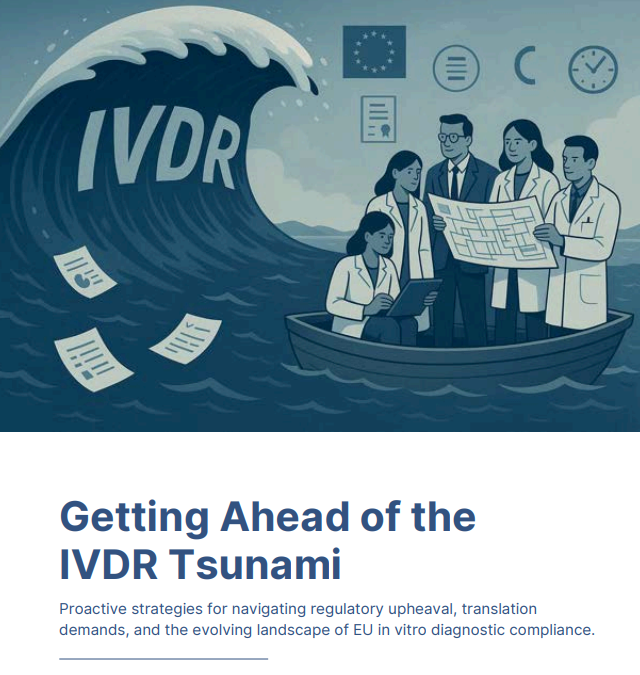When to Use AI-Optimized Scientific Translation Services Versus Human Translators
In today’s fast-paced world of medical research and development, the need for precise and reliable translation services has never been greater. With advanced NLP technologies and AI-driven innovations, scientific translation has undergone a major transformation.
As a leader in the field, Language Scientific integrates AI-optimized solutions with human subject-matter expertise, ensuring high-quality translations in medical, clinical, and life sciences. This blog explores when AI-optimized scientific translation services offer the greatest advantages over traditional human translation, helping organizations choose the most effective approach for their needs.
The Rise of AI in Scientific Translation
Language Scientific has made significant strides in AI-enhanced scientific translation, leveraging patented AI machine translation technologies and a dedicated research department to push the boundaries of what AI can achieve, especially in the field of medical translation. Their expertise in generative AI, although still emerging, promises to revolutionize the translation process by offering unprecedented quality and efficiency.
When to Choose AI-Optimized Translation Services
1) High Volume, Routine Translations
AI-optimized translation services are particularly advantageous for handling large volumes of routine scientific documents. When consistency and speed are paramount, AI can efficiently pre-process vast amounts of text, helping our doctors-translators to focus on ensuring that terminologies and phrases remain correct and consistent throughout. This is especially useful for translating clinical trial documents, research papers, and regulatory submissions, where precision and uniformity are crucial.
2) Time-Sensitive Projects
In scenarios where time is of the essence, AI-optimized translation services can significantly reduce turnaround times. The ability of AI to quickly process and pre-translate content allows for faster delivery without compromising on accuracy. This is essential for time-sensitive projects such as emergency drug approvals, rapid dissemination of research findings, or global health alerts.
3) Initial Drafts and Pre-Translation
AI can serve as a powerful tool for generating initial drafts of translations, which can then be reviewed and refined by human experts. This hybrid approach combines the speed and consistency of AI with the nuanced understanding and contextual accuracy of human translators. It is particularly useful for projects that require a quick start but also demand the high quality that only human expertise can provide.
When Human Translators Are Essential
1) Complex and Specialized Content
While AI has made significant advancements, there are instances where the complexity and specificity of the content necessitate human intervention. Translating highly specialized scientific or medical texts often requires a deep understanding of the subject matter, which AI might not fully grasp. When errors in meaning are unacceptable, human translators with expertise in the relevant field can ensure that the nuances and intricate details are accurately conveyed.
2) Cultural and Contextual Nuances
Human translators excel in understanding and translating cultural and contextual nuances that AI might miss. Scientific and clinical content often contains references that require cultural sensitivity and a deep understanding of the context in which the research is conducted. Human translators can navigate these subtleties to produce translations that are not only accurate but also culturally appropriate.
3) Final Quality Assurance
The role of human translators is indispensable in the final quality assurance stage. Even with AI-optimized solutions, human experts are needed to review and validate the translations to ensure they meet the highest standards of quality and accuracy. This is especially critical in fields where errors can have significant consequences, such as in medical or legal translations.
The Future of Scientific Translation at Language Scientific
Language Scientific’s integration of neural and generative AI into its workflows marks a significant step forward in scientific translation. The latest generative AI tools can process extensive contextual information, potentially surpassing current neural machine translation technologies in accuracy and coherence.
However, the ultimate goal is not to replace human expertise but to create a symbiotic relationship between AI and linguists. By combining AI-driven efficiency with human precision, Language Scientific ensures high-quality translations that maintain both scientific integrity and contextual accuracy.
Conclusion
The ideal AI-optimized scientific translation workflow depends on each project’s unique needs and context. For high-volume, time-sensitive, and routine translations, AI delivers unmatched speed and consistency. However, for complex, specialized, or culturally nuanced content, human subject-matter expert translators remain essential.
By recognizing the strengths and limitations of both approaches, organizations can make informed decisions to ensure the highest standards of translation quality and efficiency. At Language Scientific, the fusion of AI innovation and human expertise provides clients with the most effective and cutting-edge translation solutions available. To learn more about Language Scientific’s AI-optimized translation services click here.







